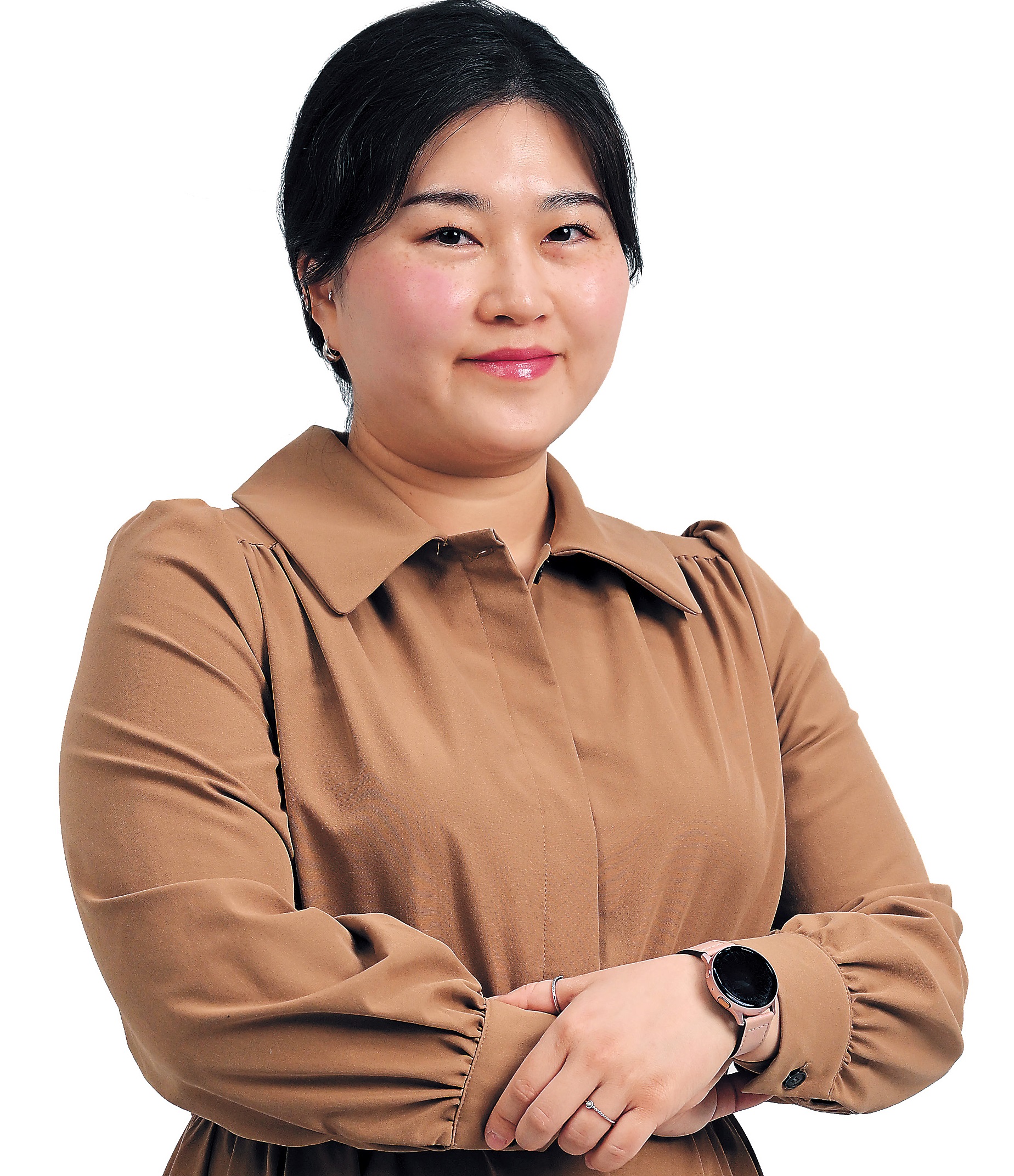Male parental leave takers reach one-third of total, record high
By Lee JaeeunPublished : Aug. 4, 2024 - 14:46

Men accounted for almost one-third of all workers taking parental leave in the first half of this year in South Korea, marking the first time they have exceeded 30 percent.
According to data released by the Ministry of Employment and Labor on Sunday, fathers accounted for 32.3 percent of the 69,631 total parental leave takers from January to June this year.
The total number of workers taking parental leave increased by 3.2 percent compared to the same period last year, rising to 67,465.
While the number of female employees taking parental leave saw a slight decrease of 1.8 percent to 47,171, male employees experienced a notable increase of 15.7 percent, reaching 22,460.
The proportion of fathers taking parental leave has steadily risen over the years -- from 8.7 percent in 2016 to 13.4 percent in 2017, 21.2 percent in 2019 and 26.2 percent in 2021. By 2022, the ratio approached 3 in 10, at 28.9 percent.
This year, the proportion of fathers surpassed 30 percent for the first time, reflecting a significant rise in male parental leave takers.
This data pertains to employment insurance subscribers; therefore, it excludes information on the parental leave status of civil servants and teachers, who are not covered by employment insurance.
The rise in men taking parental leave coincides with the government's introduction of enhanced child care leave benefits this year, aimed at addressing Korea's world-lowest birth rate.
Starting Jan. 1 this year, a new law allows working parents with infants under 18 months old to receive combined parental benefits of up to 39 million won ($29,800) if both parents take leave for six months, either simultaneously or separately.
The benefits have been raised to 2 million won per person in the first month, 2.5 million won in the second month and 4.5 million won in the sixth month.
Under the new scheme, a couple in which each person earns a monthly wage of 4.5 million won or more can receive up to 39 million won in the first six months if both take parental leave.
Until last year, the parental leave system provided both parents with 100 percent of their regular wages for the first three months if they took leave to care for a child under 12 months old. However, the benefits were capped at 3 million won for each of those three months.
The increase in fathers taking parental leave is partly attributed to large conglomerates encouraging their male employees to take parental leave, observers say.
In large enterprises with more than 1,000 employees, men accounted for 43.5 percent of those taking parental leave in the first half of the year, according to data provided by the Ministry of Employment and Labor.
In contrast, at businesses with fewer than 100 employees, the proportion of men taking parental leave was only 22.7 percent, showing a disparity based on the company's size.
Big conglomerates have made efforts to boost the country’s fertility rate by offering generous maternity leave and incentives for those who have children.
Lotte Group, for example, has made it mandatory for male employees to take at least one month of paternity leave when their wives give birth. Between 2017 and 2022, more than 8,000 male workers at Lotte took paternity leave. Over the same period, Ministry of Employment and Labor data shows that 5.5 percent of the country's 146,000 men who took child care leave were Lotte employees.
Korea's total fertility rate, representing the average number of expected births per woman in her lifetime, stood at 0.72 in 2023. A rate of about 2.1 children per woman is required to maintain a stable population.





![[Herald Interview] How Gopizza got big in India](http://res.heraldm.com/phpwas/restmb_idxmake.php?idx=644&simg=/content/image/2024/11/20/20241120050057_0.jpg&u=20241120164556)


![[KH Explains] Dissecting Hyundai Motor's lobbying in US](http://res.heraldm.com/phpwas/restmb_idxmake.php?idx=644&simg=/content/image/2024/11/20/20241120050034_0.jpg&u=)
![[Kim Seong-kon] Farewell to the vanishing John Wayne era](http://res.heraldm.com/phpwas/restmb_idxmake.php?idx=644&simg=/content/image/2024/11/19/20241119050096_0.jpg&u=)
![[Graphic News] 70% of S. Koreans believe couples can live together without tying the knot: survey](http://res.heraldm.com/phpwas/restmb_idxmake.php?idx=644&simg=/content/image/2024/11/19/20241119050098_0.gif&u=)







![[Today’s K-pop] Blackpink’s Jennie, Lisa invited to Coachella as solo acts](http://res.heraldm.com/phpwas/restmb_idxmake.php?idx=642&simg=/content/image/2024/11/21/20241121050099_0.jpg&u=20241121172748)